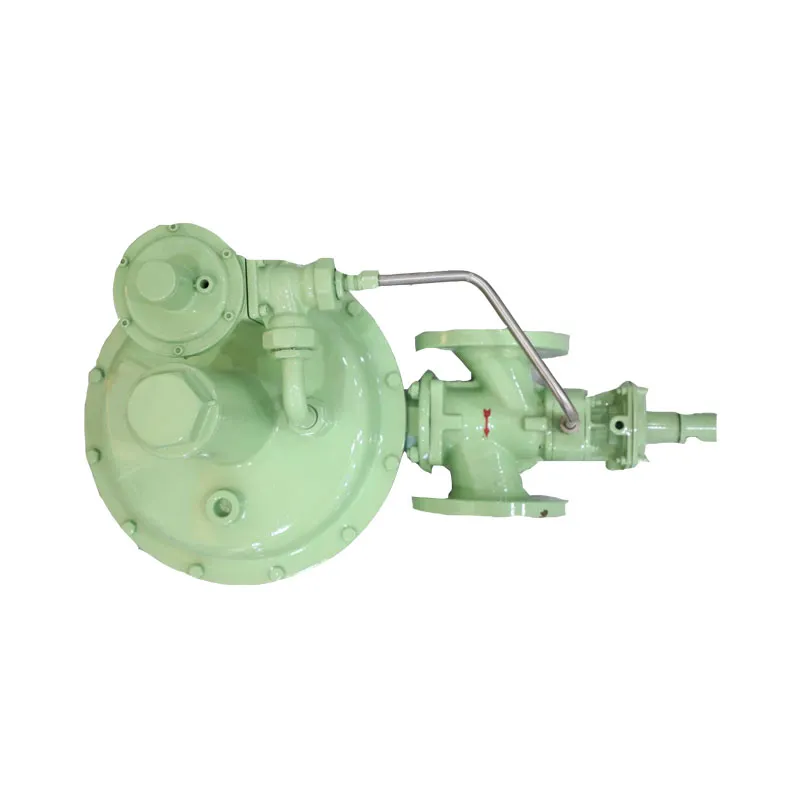
12 月 . 04, 2024 09:26
Back to list
gas regulator
Understanding Gas Regulators Essential Components for Safe Gas Usage
Gas regulators play a crucial role in ensuring the safe and efficient use of gas in various applications, from residential heating systems to industrial processes. As an essential component in gas systems, regulators are designed to control the pressure of gas coming from a storage tank or a pipeline, ensuring that it reaches the end user at a safe and manageable pressure.
What is a Gas Regulator?
A gas regulator is a mechanical device that reduces the high pressure of gas from a source, such as a pressurized tank or a gas main, to a lower, usable pressure. It acts as a safeguard to prevent excessive gas pressure from reaching appliances and equipment, which could lead to potential hazards like leaks, explosions, or equipment damage. Regulators fulfill their purpose by automatically adjusting the flow of gas according to the demand, providing a consistent and safe gas supply.
How Gas Regulators Work
The operation of a gas regulator is based on principles of mechanics and fluid dynamics. At the core of a typical gas regulator is a diaphragm, which senses the downstream pressure. When the pressure in the system falls below a preset level, the diaphragm moves, causing an internal valve to open. This allows more gas to flow from the source to the consumer. Conversely, when the pressure exceeds the desired level, the diaphragm moves in the opposite direction, closing the valve and reducing the gas flow. This continuous feedback loop ensures that the gas is delivered at a constant and safe pressure regardless of fluctuations in demand.
Types of Gas Regulators
There are several types of gas regulators, each designed for specific applications
gas regulator

1. Single-Stage Regulators These are simple devices often used in residential applications. They reduce the high pressure from the gas source in a single step, making them suitable for lower-pressure requirements.
2. Two-Stage Regulators Offering greater accuracy in pressure control, these regulators first reduce the high pressure to an intermediate level, which is then further reduced to the desired low pressure. They are ideal for applications requiring tight pressure regulation.
3. High-Pressure Regulators Used in industrial settings, these regulators are designed to handle high-pressure gas supplies and ensure safe delivery to equipment.
4. Back Pressure Regulators Frequently used in systems where the flow needs to be controlled against a varying downstream pressure, these regulators maintain a set pressure even when upstream pressure fluctuates.
Importance of Proper Installation and Maintenance
Proper installation and maintenance of gas regulators are vital for ensuring their safe operation. It is essential to follow manufacturer guidelines and local regulations when installing a gas regulator. Regular checks and maintenance can help identify any leaks or malfunctions, which could pose serious safety risks. For instance, the seals and diaphragms should be inspected periodically to ensure they are in good condition, as wear and tear can lead to failures.
Conclusion
Gas regulators are indispensable components in the safe handling and distribution of gas. By maintaining appropriate pressure levels, these devices protect both consumers and equipment from potential hazards associated with gas usage. Whether for residential, commercial, or industrial applications, understanding how gas regulators work and their importance can help users appreciate the critical role they play in everyday life. Ensuring proper installation and ongoing maintenance will promote safety and efficiency, making gas systems reliable for everyone involved.
Next:
Latest news
-
Unlocking The Quality Gas Pressure ReducersNewsNov.01,2024
-
The Role of Gas Pressure Reducing StationsNewsNov.01,2024
-
The Importance and Functionality of Safety Relief ValvesNewsNov.01,2024
-
The Essential Role of Safety Valves in Natural Gas ApplicationsNewsNov.01,2024
-
The Essential Role of Gas Pressure RegulatorsNewsNov.01,2024
-
Enhance Your Premium Gas FiltersNewsNov.01,2024

